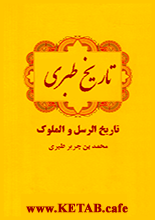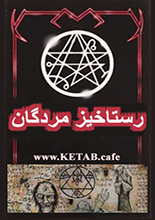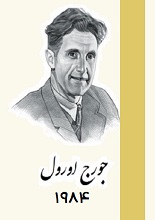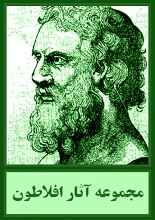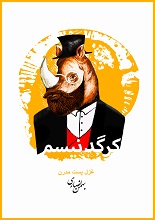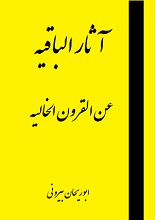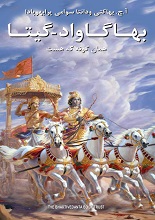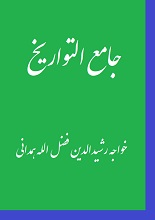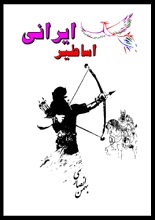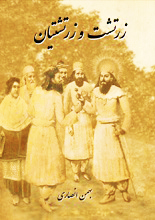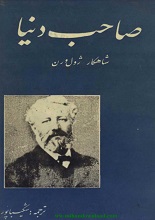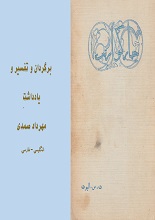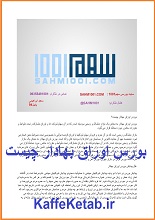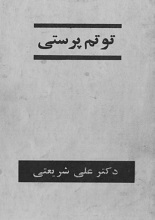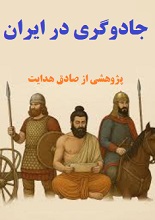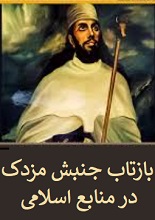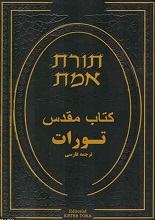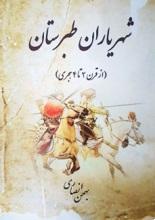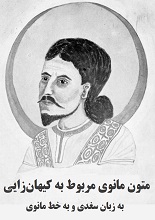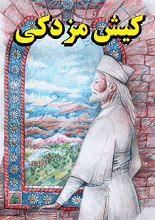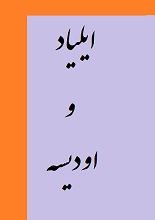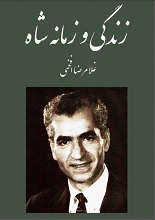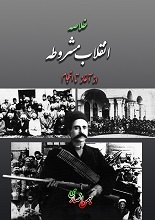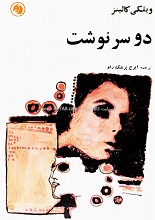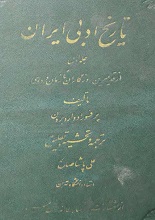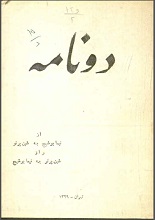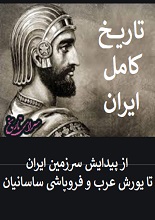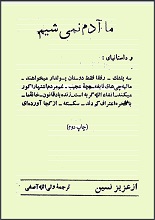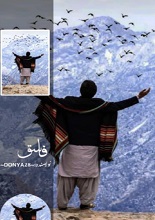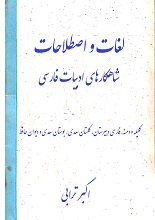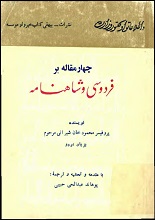The study of ancient Iran has long fascinated historians, archaeologists, and scholars of Near Eastern civilizations. Among the vast literature exploring the political, social, and cultural dynamics of early Iranian societies, “Media and Achaemenid Iran” by Muhammad Abdulkadyrovich Dandamayev stands out as a particularly insightful and authoritative work. This book offers a meticulous examination of the Medes, their society, and their crucial role in shaping the early Achaemenid Empire, providing both scholars and general readers with a comprehensive understanding of a formative period in Iranian history.
Historical Context of Media
The region of Media, located in what is now northwestern Iran, played a pivotal role in the ancient Near East. The Medes emerged as a dominant political and military power in the early first millennium BCE, exerting influence over neighboring peoples and states. Dandamayev’s work situates Media within its historical context, illustrating how the Medes transitioned from a loosely organized collection of tribes into a politically coherent entity capable of confronting the major powers of the region, such as Assyria and Babylonia.
What distinguishes Dandamayev’s analysis is his careful attention to primary sources, including Assyrian inscriptions, Babylonian chronicles, and later Achaemenid administrative texts. By cross-referencing these sources, he reconstructs the political and social structures of the Median kingdom, emphasizing both its internal dynamics and its external interactions with neighboring states. The book convincingly argues that understanding Media is essential to grasping the origins and consolidation of the Achaemenid Empire.
See Also:
History of Herodotus
Political and Social Structures
A significant portion of the book is dedicated to the political organization of Media. Dandamayev examines the hierarchical structure of Median society, including the role of kingship, aristocracy, and tribal leadership. He highlights the ways in which the Medes established a centralized authority while maintaining local autonomy in certain regions, creating a system that would later influence the administrative practices of the Achaemenid rulers.
Socially, Dandamayev explores the composition of Median society, including the status of nobles, warriors, and commoners. He also discusses the economic foundations of the kingdom, including agriculture, trade, and tribute systems. His analysis reveals a society that was both militarily capable and economically resilient, factors that allowed the Medes to exert considerable influence over the wider region.
Media and the Rise of the Achaemenids
One of the central themes of Dandamayev’s work is the relationship between Media and the emerging Achaemenid dynasty. The Medes, through a combination of military prowess and strategic alliances, laid the groundwork for the rise of Cyrus the Great and the eventual unification of Iranian lands under the Achaemenid banner. Dandamayev emphasizes that the early Achaemenid kings did not emerge in isolation; they inherited political, military, and administrative traditions from the Medes, which they adapted and expanded to govern an empire stretching from the Indus River to the Aegean Sea.
The book provides detailed accounts of key events, including the overthrow of Assyrian dominance and the subsequent interactions between Median and Persian rulers. Dandamayev carefully examines the evidence regarding the Median role in these processes, challenging earlier assumptions that minimized the importance of Media in favor of a purely Persian narrative. This nuanced approach allows readers to appreciate the complex interplay of cultures, politics, and power that characterized the region during this transformative era.
Cultural and Religious Contributions
In addition to political and military analysis, Dandamayev devotes attention to the cultural and religious life of the Medes. He explores their material culture, including art, architecture, and burial practices, highlighting how these reflect broader social hierarchies and values. Furthermore, the book examines Median religious practices and beliefs, particularly the veneration of deities and rituals that later influenced Zoroastrian thought.
Dandamayev’s approach is interdisciplinary, combining archaeological evidence with textual analysis to reconstruct a vivid picture of Median life. This makes the book not only a political history but also a cultural study, demonstrating how the Medes contributed to the broader tapestry of ancient Iranian civilization.
Methodology and Sources
One of the strengths of “Media and Achaemenid Iran” is Dandamayev’s rigorous methodology. He relies on a wide array of sources, from cuneiform inscriptions to classical accounts, and carefully evaluates their reliability and biases. This scholarly rigor allows him to present a balanced and evidence-based narrative that is both accessible to general readers and valuable to specialists.
Moreover, Dandamayev places Media within the broader context of Near Eastern geopolitics, showing how regional dynamics shaped the kingdom’s development. His comparative approach highlights the interactions between Media, Assyria, Babylonia, and the early Persians, illustrating the complexity of ancient power structures.
Significance and Impact
The significance of Dandamayev’s work lies in its ability to reframe the understanding of Media within ancient Iranian history. By highlighting the political, social, and cultural contributions of the Medes, the book challenges simplistic narratives that view them merely as precursors to the Achaemenids. Instead, it presents a society that was sophisticated, organized, and influential in its own right.
For historians, archaeologists, and students of the ancient Near East, “Media and Achaemenid Iran” provides a crucial resource for understanding the foundations of one of the most remarkable empires of antiquity. It emphasizes the continuity between Median and Achaemenid institutions, offering insights into how early Iranian governance, military organization, and cultural practices evolved over time.
In summary, “Media and Achaemenid Iran” is an essential work for anyone interested in the history of Iran and the ancient Near East. Muhammad Abdulkadyrovich Dandamayev combines rigorous scholarship with a clear narrative style to illuminate the political, social, and cultural dimensions of Media. His analysis demonstrates that the Medes were far more than a transitional society; they were architects of a historical trajectory that culminated in the rise of the Achaemenid Empire.
By exploring Media’s contributions to administration, military strategy, and culture, the book provides a comprehensive understanding of the foundations of ancient Iranian civilization. It also highlights the interconnectedness of ancient societies, showing how power, culture, and ideas were transmitted across generations and regions.
For modern readers, Dandamayev’s study serves as both a historical reference and a reminder of the importance of examining the often-overlooked actors in world history. By reassessing the Medes’ role, the book enriches our understanding of early Iranian history and encourages further research into the complexities of ancient political and cultural development.
About the Author
Muhammad Abdulkadyrovich Dandamayev (1928–2017) was a prominent Russian historian and scholar specializing in the history of ancient Iran and the Near East. He worked extensively at the Institute of Oriental Studies of the Russian Academy of Sciences and published numerous works on the Achaemenids, the Medes, and other ancient Iranian civilizations. Dandamayev is recognized for his meticulous scholarship, mastery of primary sources, and ability to synthesize complex historical evidence into clear and insightful analyses.
Download PDF Book
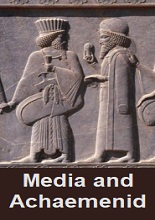
برای دانلود این کتاب، ابتدا باید عضو سایت بشوید.
پس از عضویت، لینک دانلود این کتاب و همهی کتابهای سایت برای شما فعال میشوند.
(قبلا عضو شدهاید؟ وارد شوید)
